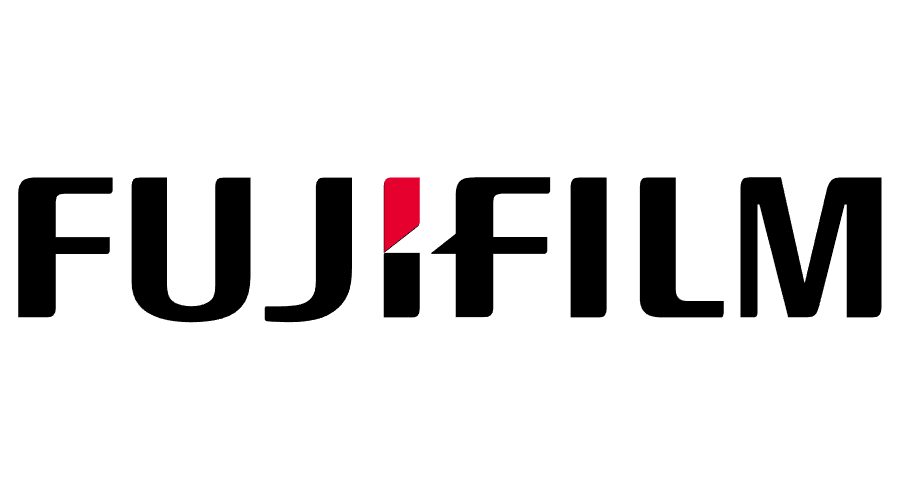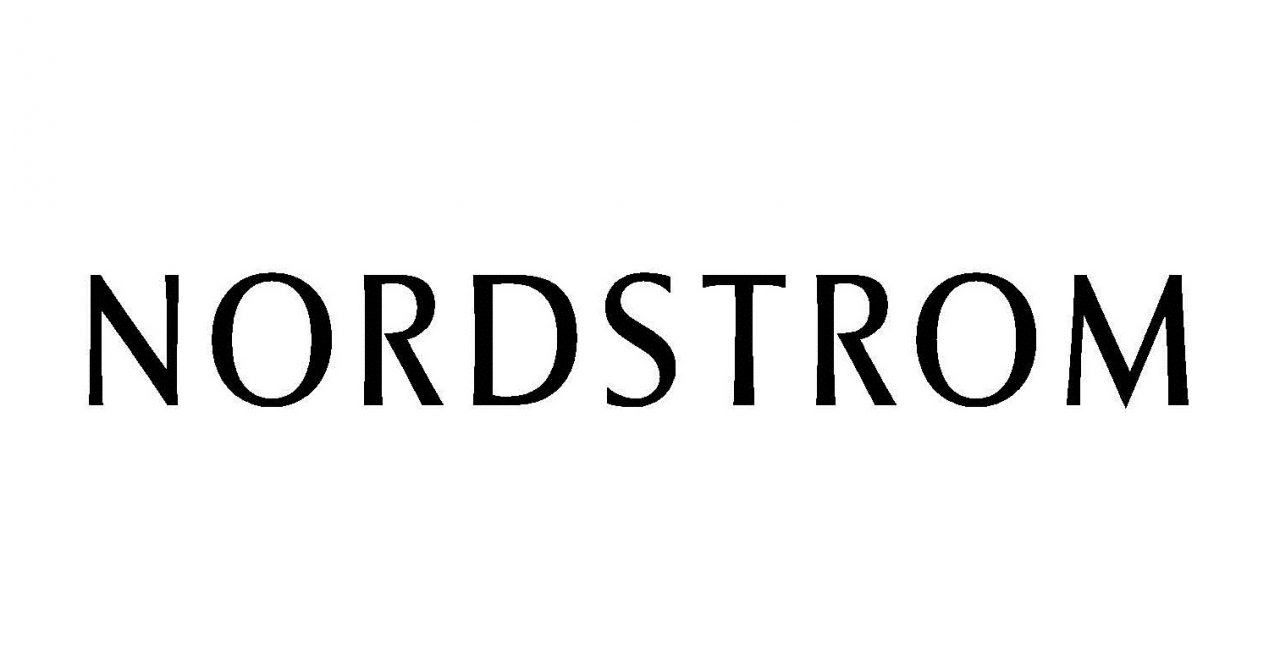Key Takeaways
- Select Images Reflecting Your Target Audience
Choosing stock photos that depict your target demographic enhances relatability and engagement. For instance, if your products cater to young professionals, incorporating images of individuals in modern work settings can resonate more effectively with this group. - Ensure Visual Consistency with Brand Identity
Aligning stock photos with your company's visual style and brand identity maintains a cohesive and professional appearance. This includes matching color schemes, tones, and overall aesthetics to reinforce brand recognition across all marketing materials. - Prioritize Authenticity in Imagery
Opting for genuine and candid stock photos over staged or artificial ones fosters trust and relatability. Authentic images depicting real-life scenarios can create a stronger emotional connection with your audience, enhancing the effectiveness of your marketing efforts. - Choose High-Resolution Images for Print Quality
Utilizing high-resolution stock photos ensures clarity and professionalism in printed materials. Images with a minimum of 300 dpi (dots per inch) are recommended to prevent pixelation and maintain visual integrity in brochures and signs. - Verify Licensing and Usage Rights
Confirming that stock photos are appropriately licensed for commercial use is crucial to avoid legal issues. Understanding the terms of use and any restrictions associated with the images ensures compliance and protects your business from potential infringements.
Choosing stock photos for your company’s brochures, print advertisements and online content can be a challenge. With millions of images to choose from, often available for just a few dollars, which should you select to represent your brand?
Stock photos can range from excellent – many may perfectly capture your target audience or company values – to low quality or contrived. We’ve all seen generic corporate stock photos before, and most of us can spot them immediately.
Because of this, choosing the right stock photos for your company’s branding and marketing materials can have a huge impact on their efficacy. In this guide, we’ve shared five tips to help you choose effective stock photos for your branding.
Choose photos that depict your target demographic
Does your business offer consulting to Fortune 500 companies? If so, represent your audience in your marketing materials by using stock photos of executives, people in the workplace and other professionals.
Does your company sell products to middle-aged homeowners? If so, choose photos of people that match your audience. Is your product aimed exclusively at 20-30 year old women? Use photos of young women to identify your audience in your branding.
The most effective stock photos are those that directly represent the audience your business is targeting. The more closely a prospect identifies with the people in your imagery, the greater their response to your marketing efforts will be.
Adding text? Choose photos with lots of usable space
Stock photos are often paired with text, such as in a direct mail postcard or printed advertisement. This means choosing a stock photo that’s suited to the use of text as an element – preferably one with lots of usable space.
The best photos for use with text tend to have small points of focus that are away from the center of the image. They have colorful backgrounds that make white or light text visible and large amounts of space to insert your text content.
They also tend to have very little visual business. Photos with a lot of action – from fast-moving objects to visually dense backgrounds – aren’t suited to text, because a viewer’s attention will be forced to choose between text or image content.
Match your stock photos to your company’s identity
Is your company hip, young and modern? If so, choose photos that represent the type of people working in your business or the values it holds instead of generic, corporate-style images.
Many stock photos are of individuals, often posing in a workplace setting. Here’s a good test to see if such a photo is suitable for your business: Could you imagine the model in the photo actually working for your business?
A professional in a black suit carrying a briefcase might look perfectly in place in an investment bank, but they probably don’t match your creative agency. Pick images of people that match your company’s culture, not mismatched or generic photos.
Avoid photos that look artificial, posed or too unusual
The purpose of most stock photos is to represent your brand and fill in important visual space in your branding, not to stand out on their own. A stock photo should never be the focus of your marketing – instead, it’s just part of the background.
Because of this, it’s important to avoid using photos that look too posed, artificial or unnatural. Stock photos that look staged will immediately stand out to your target and distract people from your marketing message.
When in doubt, go with the least artificial, posed or unnatural stock photo you can find. Audiences are easily distracted by unusual stock photos, but natural images blend into your marketing and rarely distract from your core message.
See also: Literature Holders
FAQs
- Why is it important to choose stock photos that reflect my target audience?
Selecting images that mirror your target demographic makes your marketing materials more relatable and engaging. When customers see themselves represented, they are more likely to connect with your message and feel that your products or services are tailored to their needs. - How does visual consistency with brand identity impact marketing materials?
Maintaining visual consistency ensures that all marketing materials align with your brand's aesthetics, reinforcing brand recognition and trust. Consistent use of colors, styles, and imagery creates a cohesive look that helps customers easily identify your brand across various platforms. - What are the benefits of using authentic imagery in marketing?
Authentic images resonate more with audiences as they depict real-life scenarios, fostering trust and emotional connections. Avoiding overly staged photos helps convey sincerity, making your brand appear more approachable and genuine to potential customers. - Why is high resolution important for printed materials like brochures and signs?
High-resolution images ensure that printed materials appear clear and professional, avoiding pixelation that can detract from your brand's image. Using images with at least 300 dpi is essential for maintaining visual quality in print media. - How can I ensure proper licensing for stock photos used in my marketing materials?
Always verify the licensing agreements of stock photos to confirm they permit commercial use. Understanding and adhering to these terms helps prevent legal complications and ensures that your use of the images complies with copyright laws.














